From what I'm reading, building the constant-1 and constant-0 operations in a quantum computer involves building something like this, where there's two qbits being used. Why do we need two?
The bottom qbit in both examples is not being used at all, so has no impact on the operation. Both operations seemingly only work if the top qbit's initial value is 0 so surely what this is just saying is that this is an operation which either flips a 0 or leaves it alone - in which case what is the second qbit needed for? Wouldn't a set-to-0 function set the input to 0 whatever it is and wouldn't need one of it's inputs to be predetermined?
Granted, the 'output' qbit is for output, but it's value still needs to be predetermined going in to the operation?
Update: I've posted this on the quantum computing stack exchange with links to a couple of blogs/video where you can see the below being brought up.
